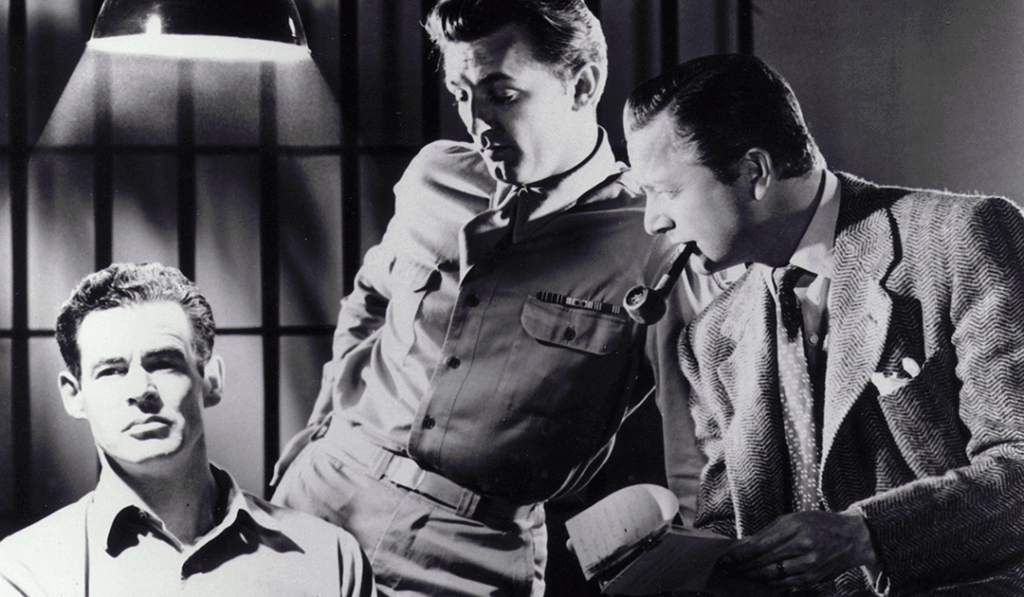Every salesperson is taught to identify the decision-maker, offer a value proposition, and then deal with “objections” or concerns that the decision-maker may raise in order to close the sale.
What many salespeople and negotiators miss is they may not have identified all of the decision-makers as part of the initial engagement process. Every deal that is of material importance to a client has two camps of executives: Those who must say “yes,” and those who can say “no.”
Everyone thinks about the first group. After all, if you don’t have the person who can approve the deal identified, you’ll never get the deal done!
But the other group can often be harder to find. They may only come into the light as the approval process begins with the client. That is why it is critical to ask at some point in the sales process, “What is the path to approval in your organization?”
While negotiating a large outsourcing deal, our team asked this very question and got a very surprising answer. Our solution was to move the client’s financial reporting functions to an offshore delivery center in the Philippines. As we walked through the approval process with Allison, the key buyer, she said, “And then we’ll need to present this to Tom, the company’s chief risk officer.”
“The chief risk officer?” we said. “We didn’t know the company had a chief risk officer!”
“He was just appointed last month,” Allison said. “And he has said he does not like outsourcing to the Philippines.”
We had what I call a “collective Scooby Doo” reaction, snapping our heads to face one another and saying, “Ruh roh!”
We had successfully identified everyone who must say “yes,” and we had missed the person who could kill the deal because he could say “no.” The good news was that we had identified Tom early enough in the close plan that we could develop a strategy to address his ability to say “no.” That meant doing one of two things: winning him over to a “yes,” or, at a minimum, neutralizing his concerns about the risk by leveraging the client’s other executives to express their confidence in the solution. In the end, he said, “I am not comfortable with the situation, but it sounds like leadership has already decided to go ahead, so we will see what happens.” (That’s “executive speak” for, “If it blows up, it’s not my fault, and I get to say ‘I told you so.’”)
The deal closed and the engagement was tremendously successful. We embraced Tom in his role to better understand his views and goals on how to reduce risk in the company going forward. He became a champion for our services.
When building trusted relationships with clients, I always recall Abe Lincoln’s philosophy that the best way to “defeat” an adversary is to make them your friend. We made sure to always consult with Tom on any future engagements and incorporate his feedback into our solution. As a result, Tom became a good “friend” to us.



